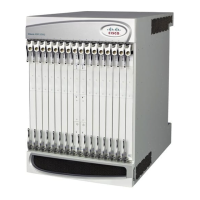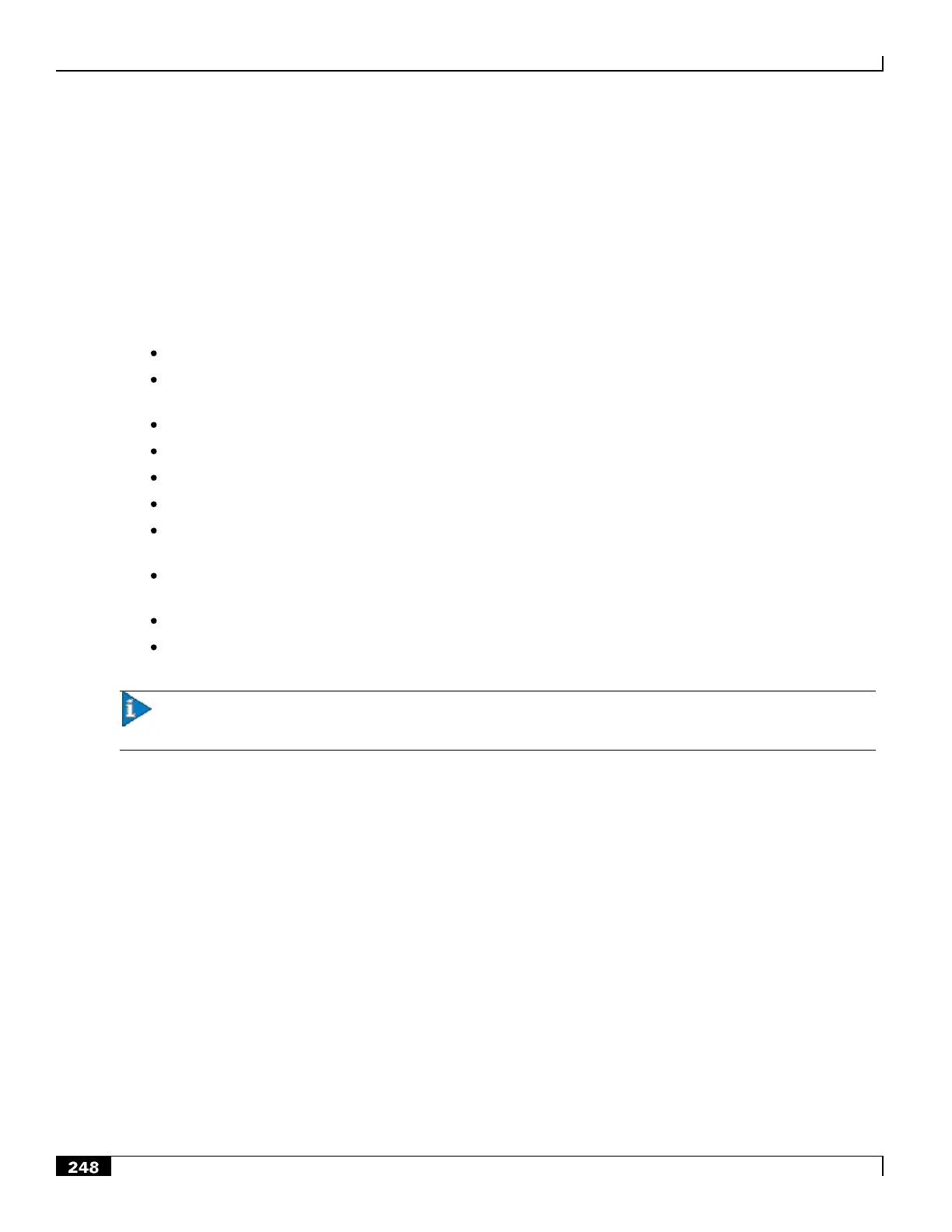CDMA2000 Wireless Data Services
▀ Features and Functionality—Base Software
▄ Cisco ASR 5000 Series Product Overview
Description
Cisco‘s O&M module offers comprehensive management capabilities to the operators and enables them to operate the
system more efficiently. There are multiple ways to manage the system either locally or remotely using its out-of-band
management interfaces.
These include:
Using the Command Line Interface (CLI)
Remote login using Telnet, and Secure Shell (SSH) access to CLI through SPIO card's Ethernet management
interfaces
Local login through the Console port on SPIO card using an RS-232 serial connection
Using the Web Element Manager application
Supports communications through 10 Base-T, 100 Base-TX, 1000 Base-TX, or 1000
Base-SX (optical gigabit Ethernet) Ethernet management interfaces on the SPIO
Client-Server model supports any browser (i.e. Microsoft Internet Explorer v5.0 and above or Netscape v4.7 or
above, and others)
Supports Common Object Request Broker Architecture (CORBA) protocol and Simple Network Management
Protocol version 1 (SNMPv1) for fault management
Provides complete Fault, Configuration, Accounting, Performance, and Security (FCAPS) capabilities
Can be easily integrated with higher-level network, service, and business layer applications using the Object
Management Group's (OMG‘s) Interface Definition Language (IDL)
Important: For more information on command line interface based management, refer Command Line Interface
Reference and PDSN Administration Guide.
Bulk Statistics Support
The system's support for bulk statistics allows operators to choose to view not only statistics that are of importance to
them, but also to configure the format in which it is presented. This simplifies the post-processing of statistical data
since it can be formatted to be parsed by external, back-end processors.
When used in conjunction with the Web Element Manager, the data can be parsed, archived, and graphed.
Description
The system can be configured to collect bulk statistics (performance data) and send them to a collection server (called a
receiver). Bulk statistics are statistics that are collected in a group. The individual statistics are grouped by schema. The
following schemas are supported:

